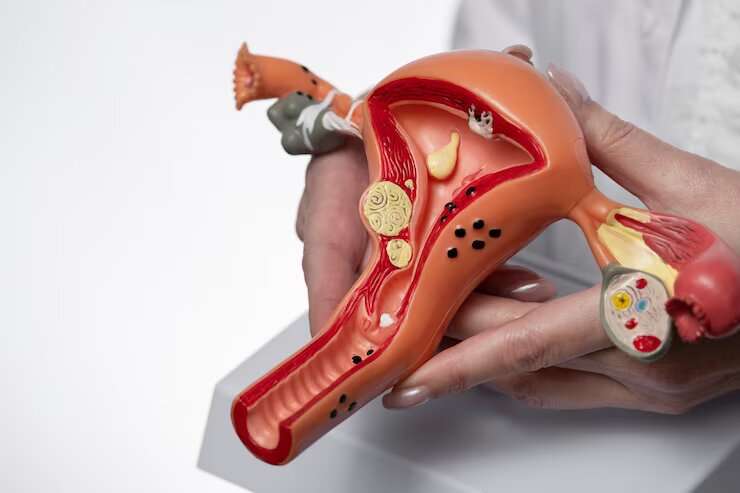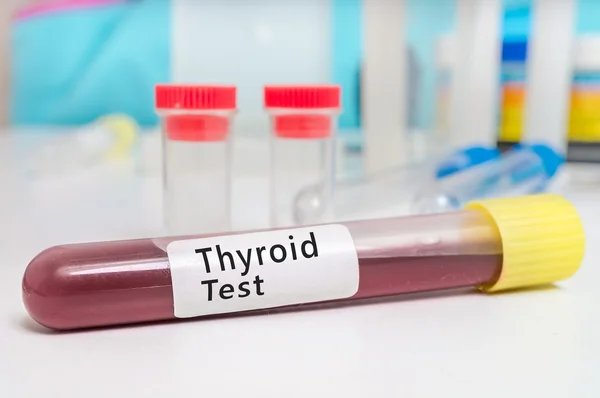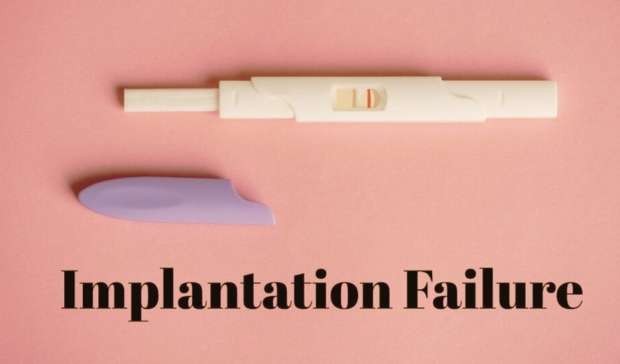Beginning the process of becoming a parent may be a rough and bumpy road, one that is frequently replete with emotional ups and downs along the way. The importance of having the appropriate fertility doctor by your side cannot be overstated for individuals who are navigating the challenging landscape of infertility. One person’s name stands out as a ray of hope and that person’s name is Dr. Ritu Agarwal – the best fertility specialist in Jaipur. In this in-depth look at the topic, we investigate the reasons why Dr. Ritu Agarwal is the most qualified IVF doctor in Jaipur. In addition, we will discuss the extensive variety of services and treatments that she provides, and we will conclude with a set of commonly asked questions designed to assist individuals who are considering infertility issues
Expertise and a Proven Track Record: Dr. Ritu Agarwal, the Shining Example of Best IVF Specialist in Jaipur
Dr. Ritu Agarwal, a specialist at Ritu IVF, Jaipur Fertility Centre has built an outstanding name for herself as a result of her unflinching dedication and consistent level of success in guiding couples through the reproductive process over many years. Her knowledge and experience cover the entire gamut of fertility therapies because she is the head of the fertility department at a prestigious hospital.
A Method that Focuses on the Patient
One thing that made Dr. Ritu Agarwal unique is her unwavering commitment to delivering individualized medical treatment. She carefully customizes treatment plans to meet the specific requirements of each client or couple because she is aware that each person or couple may experience a different set of difficulties. This holistic approach takes into account the patient’s physical, emotional, and mental state, assuring that the patient will have an experience that is both all-encompassing and compassionate.
Facilities That Are on the Cutting Edge
Dr. Ritu Agarwal is dedicated to remaining at the forefront of advances in reproductive medicine as evidenced by the fact that her practice is outfitted with facilities that are on par with the most recent technological advances. Because of the sensitive nature of fertility therapy, the ambiance in the fertility center in Jaipur has been carefully crafted to be reassuring as well as one that maintains patient confidentiality.
Provider of a Wide Range of Fertility Treatment in Jaipur
-
All-Inclusive Fertility Tests and Evaluations
Dr. Agarwal kicks off the process by doing an exhaustive examination to identify the underlying reasons for the couple’s inability to conceive. This involves analyzing hormone imbalances, structural abnormalities, and any other variables that may be contributing to difficulties with conception.
-
The Induction of Ovulation
Dr. Ritu Agarwal uses methods of ovulation induction for patients who experience irregular ovulation cycles. These methods help to control and optimize the ovulation process, which in turn increases the patient’s chances of becoming pregnant.
-
Intrauterine Insemination, also referred to as IUI
IUI is a minimally invasive treatment that increases the chances of fertilization by placing washed and concentrated sperm straight into the uterus of the woman during her fertile window. This increases the chance of successfully fertilizing an egg.
-
In vitro fertilization (often referred to as IVF).
IVF is a form of assisted reproductive technology (ART) that involves fertilizing an egg with sperm outside of the body, followed by the transfer of the embryo that results into the uterus. IVF operations performed by gynecologist Dr. Agarwal have an impressively high success rate.
-
Intracytoplasmic Sperm Injection, Otherwise Known as “ICSI”
ICSI is a technique that involves injecting a single sperm directly into an egg, which thus helps to facilitate fertilization in cases of male infertility treatment. Because of her expertise in ICSI, Dr. Ritu Agarwal has been able to help a great number of couples achieve their goals.
-
Testing for fetal DNA before pregnancy, often known as PGT
PGT is a cutting-edge method that is used to screen embryos for genetic abnormalities before implantation, to lower the likelihood that offspring may be affected by such conditions. PGT is something that Dr. Agarwal includes in her practice for those couples who are looking for an all-encompassing method of family planning.
-
Taking Steps to Maintain Fertility
Dr. Ritu Agarwal, who is aware of the significance of timing in terms of fertility, provides solutions for fertility preservation to individuals or couples who do not yet wish to become parents due to personal or medical considerations.
-
Treatments Available for Male Infertility
Dr. Agarwal is aware of the necessity of resolving concerns about male infertility. Her medical practice offers a variety of treatments, including methods for sperm retrieval as well as lifestyle adjustments that can help improve male fertility.
-
Program that Use Donated Eggs and Sperm
Dr. Ritu Agarwal offers a workable option to people in need by facilitating donor egg and sperm programs. These programs are beneficial to individuals or couples who are experiencing difficulties with the quality of their eggs or sperm.
FAQs Regarding IVF Center and IVF Treatment
-
What are the Reasons for Infertility?
There are several potential causes of infertility, including but not limited to advanced age, hormone imbalances, structural abnormalities, and lifestyle choices. Dr. Ritu Agarwal carries out exhaustive diagnostic examinations to zero in on the underlying factors contributing to each instance.
-
In what circumstances is it advisable to speak with a fertility specialist?
If a couple has been actively trying to conceive for a year without success, they should seek assistance from a medical professional. Because of the natural decline in fertility that comes with advancing age, women over 35 should consult a professional after six months of trying.
-
What Types of Fertility Treatments Does Dr. Ritu Agarwal Suggest to Her Patients?
Dr. Agarwal tailors treatment plans to meet the specific requirements of each patient. Ovulation induction, intrauterine insemination (IUI), in vitro fertilization (IVF), in-vitro cultured embryo transfer (ICSI), and preimplantation genetic testing (PGT) are all potential treatment options.
-
Do Fertility Treatments Come at a High Price?
There is a wide range of prices for fertility treatments; however, the IVF centre in Jaipur is run by highly experienced Dr. Ritu Agarwal is upfront about prices and works closely with patients to investigate economic alternatives, including the possibility of applying for financial aid programs.
-
Are There Any Guarantees That Fertility Treatments Will Work?
During consultations, Dr. Ritu Agarwal makes sure her patients have reasonable expectations so that the success rates of their treatments may be accurately assess. Throughout the emotional ups and downs of going through various factors of fertility treatments, she is there to provide constant support.
-
Does the Procedure Leave You Feeling Emotionally Drained?
Recognizing the emotional toll that fertility treatments can take, infertility specialist Dr. Agarwal and her colleagues offer counseling and support services. They do this because they acknowledge the importance of mental well-being during this tough path.
Conclusion
The best fertility doctor in Jaipur Dr. Ritu Agarwal shines brightly among the field of fertility doctors in Jaipur. She guides couples with her knowledge, compassion, and dedication to helping them achieve their goal of becoming parents. Because her clinic provides such a wide range of services and treatments and because she focuses her attention on the needs of each patient, she has established herself as the top IVF doctor in Jaipur. Dr. Ritu Agarwal’s fertility hospital is not simply a medical facility for those who are beginning the journey of fertility; rather, it is a refuge where aspirations are fostered and the journey to motherhood is embraced with expertise and understanding.









